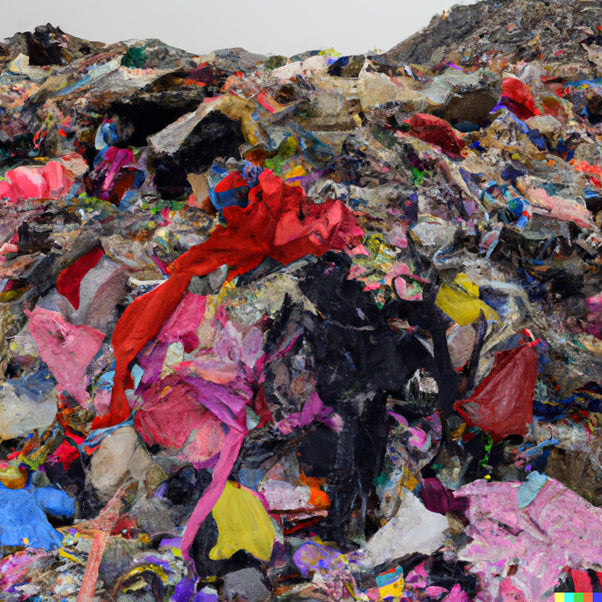The fashion industry has a significant impact on the environment and is a major contributor to climate change. Here are some shocking statistics about the damage caused by the fashion industry:
- The fashion industry is the second largest polluter in the world, after the oil industry.
- It is responsible for 10% of global carbon emissions.
- It uses 93 billion cubic meters of water annually, which is equivalent to the annual water consumption of the entire population of France.
- It produces 1.2 billion tons of CO2 emissions every year, which is more than international flights and maritime shipping combined.
To reverse the damage caused by the fashion industry, there are several things that can be done. Here are some suggestions:
- Reduce consumption: One of the biggest ways to reduce the environmental impact of the fashion industry is to simply consume less. This can be done by buying fewer clothes, buying higher-quality clothes that will last longer, and repairing and maintaining the clothes we already have.
- Support sustainable fashion: Another way to reduce the environmental impact of the fashion industry is to support sustainable fashion brands. These are brands that use environmentally-friendly materials and production processes, and often support fair labor practices. By supporting these brands, we can encourage the industry to move towards more sustainable practices.
- Educate yourself: It's also important to educate yourself about the environmental impact of the fashion industry and the ways in which you can reduce your own impact. This can help you make more informed decisions about the clothes you buy and how you care for them.
- It takes about 2,700 liters of water to make one cotton t-shirt.
- Every year, the fashion industry produces approximately 92 million tons of waste.
- The production of synthetic fabrics, such as polyester, generates significant amounts of greenhouse gases. In fact, the production of one ton of polyester generates approximately 23 tons of CO2.
- The fashion industry is one of the biggest contributors to microplastic pollution, with synthetic fabrics shedding microplastics every time they are washed.
- The fashion industry is also a major contributor to deforestation, with cotton, leather, and rayon production all contributing to the destruction of forests.
These statistics highlight the significant environmental impact of the fashion industry, and the urgent need for action to reduce this impact. By consuming less, supporting sustainable fashion, and educating ourselves, we can help reduce the damage caused by the fashion industry and protect our planet.

